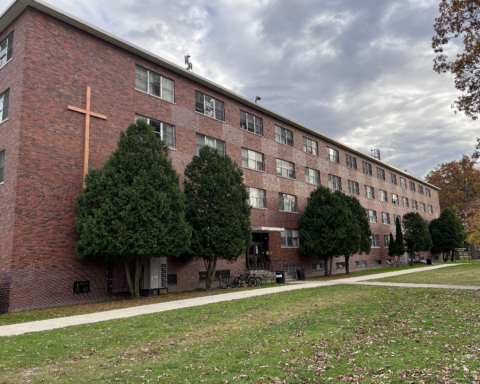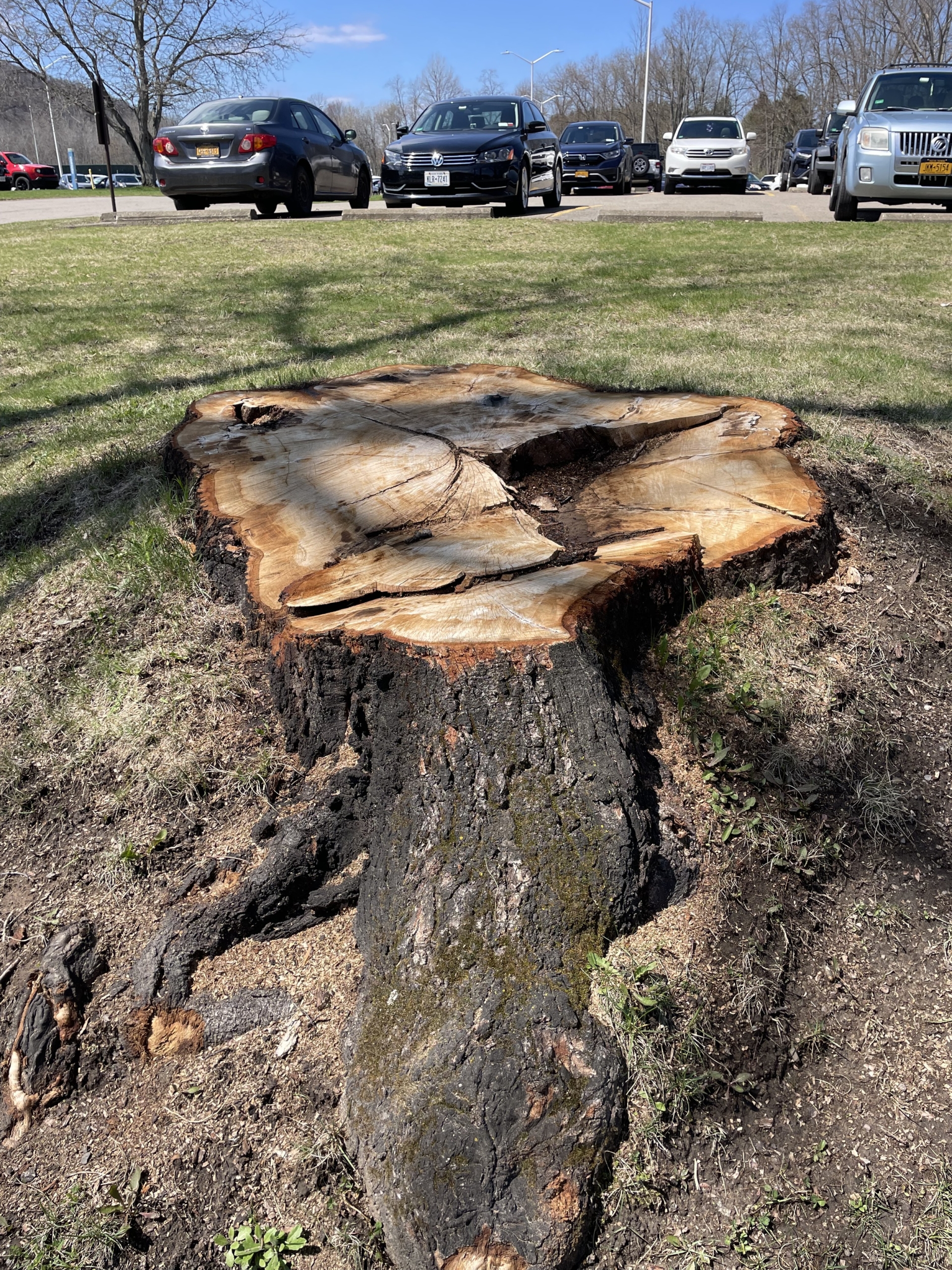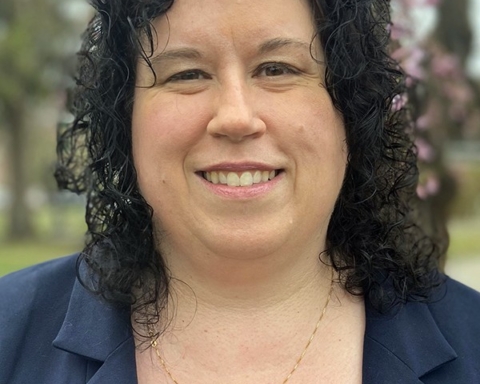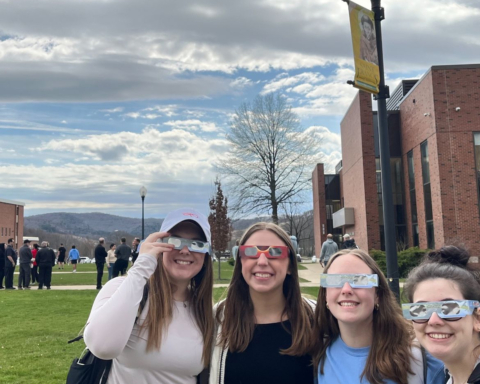By Rachel Konieczny
Assistant News Editor
The search for the new vice president for enrollment continued last week and on Monday with open forums held for the remaining four candidates in the Robert R. Jones Trustees Room in Doyle Hall.
The finalists are Bernard Valento, Christopher Keller, John Hamel and Stephen Neitz, candidates A, B, C and D, respectively. All gave a 10-minute presentation on the topic of “the challenges of recruiting in the 21st Century for a small, Catholic university” and answered questions for an additional hour and 15 minutes.
Kathryn Baugher currently serves as the interim associate vice president for enrollment.
Valento spoke to students and faculty on, Feb. 23. He credited declining regional and national demographics, increasing discount rates, decreasing net revenue and alternatives to the traditional college model as factors that inhibit an institution such as St. Bonaventure.
“In terms of Catholic education, when you think about the number of Catholic schools, middle schools and high schools there’s less of them out there so all the way across the demographics are something that we’re really going to have to deal with,” Valento said.
Valento, the current vice president for enrollment management at West Virginia Wesleyan College, has nearly 25 years of experience in academia, spanning from working at Mercyhurst University, Rochester Institute of Technology and now West Virginia Wesleyan College.
Keller presented on Feb. 25. He focused on the challenges of enrollment in the northeast, specifically Bonaventure’s strengths and opportunities as it moves forward in meeting these challenges.
“I would bring a commitment to innovation, applying current enrollment management best practices, and would seek to engage all internal and external campus constituencies in the enrollment management process,” Keller said.
Keller, the current director of career development at Bloomsburg University, has over 23 years of experience as a college admissions professional.
Hamel spoke to students and faculty on March 2 after his initial time slot was altered for a family-related emergency.
Hamel noted the changing nature of the small liberal arts school model and what it means to educators and students.
“Twenty years ago, we could get away with saying we’re a wonderful liberal arts school,” Hamel said. “Now the change really is to—we’re not just a liberal arts school. This is what we do with our graduates. This is what our graduates do when they leave here.”
Hamel, the current assistant vice president for enrollment management at Suffolk University, has 27 years of experience in college admissions, financial aid and enrollment.
Neitz presented on Feb. 27. He addressed the need to have a wide variety of strategies to reach all students.
“My goal with the strategies that I’ve been successful with is starting with the markets where we’re doing the best in and trying to get more students that are from those markets,” Neitz said.
Neitz, the current assistant dean for enrollment management at York College, has more than 30 years of experience in undergraduate student admissions.
According to Leigh Simone, co-chair of the Faculty Senate Enrollment Management Committee and professor of modern languages, the process for selecting the Vice President for Enrollment began with the creation of an on-campus search committee. The committee, alongside the executive recruiting firm, reviews candidates’ resumes and interviews selected candidates via Skype. From the interview, candidates were selected to come to campus. Sr. Margaret Carney, O.S.F., university president, ultimately decides who will be hired as the new vice president for enrollment.
“I think any opportunity for more people to see here and smell, if you will, the candidates in front of them, the better,” Simone said. “I think the more input we have in the campus community the better.”
The candidates, after being selected by the executive recruiting firm, were then divided into Level A and Level B qualifications.
“I’m intimately aware of how search firms operate, having done that, so I know that you bring to a client your A game and your B game,” Simone said. “Your B game is probably to show to your client that you’ve explored the universe, and you’ve talked to these people and though they may work at a school where they might be qualified for the job, you may ultimately find out that they may be the person for the job.”








